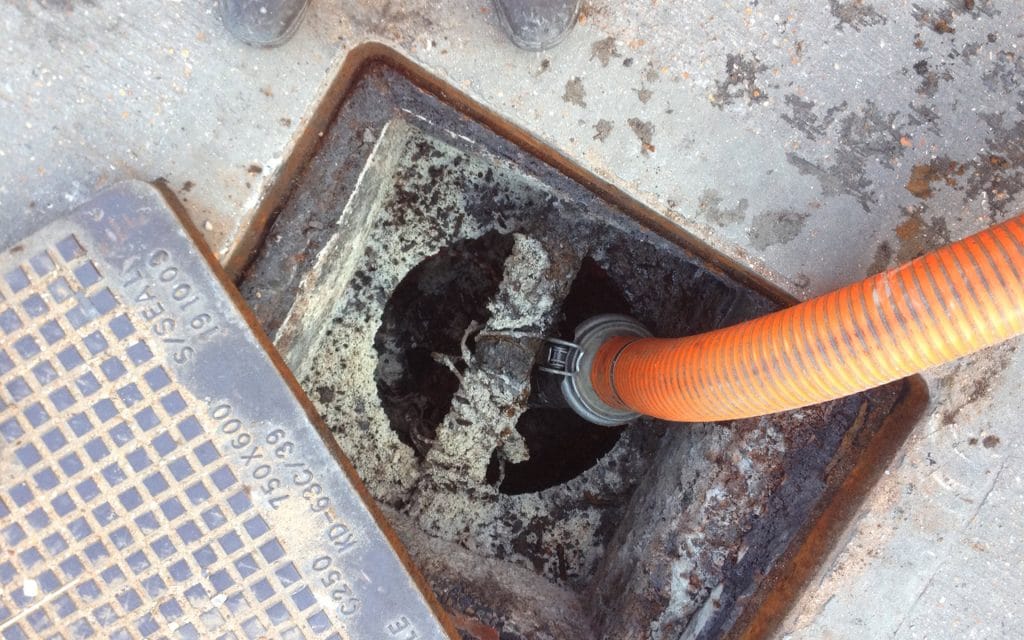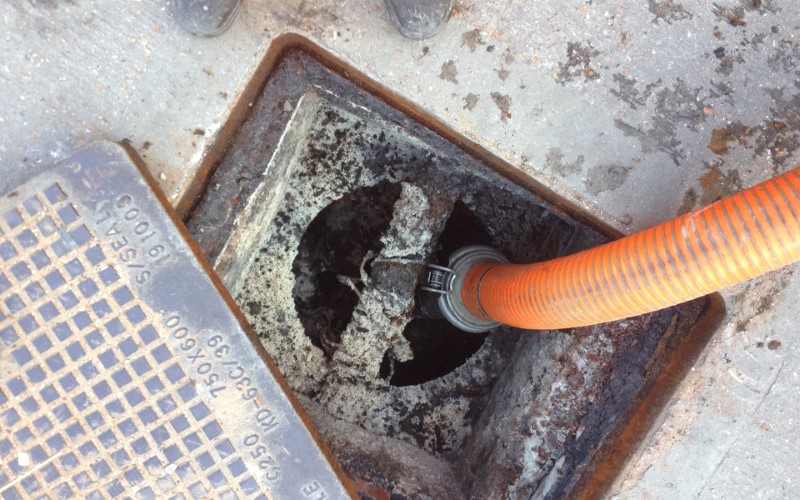
It cannot be denied that food makes everything happen. It’s the basic source of energy in every imaginable activity. And in demanding environments like offices and schools, food has to be provided continuously. But as this is being done, the environment is suffering from the effects of too much FOG from cafeterias. Because of the alarming sanitation and health problems, the government has come up with the grease or pretreatment ordinance. This requires every cafeteria owner to install a grease trap within the premises of the facility. There should be a permit issued to the grease interceptor. There should be regular inspection and maintenance performed as well.
The large, underground, outdoor interceptors should be cleaned and pumped out every quarter. The small, indoor interceptor should be cleaned and pumped out every month. But because of the potential lawsuits and hefty fines to be dealt with, cafeteria owners want their grease traps pumped out at the same time they’re being inspected—every week. This is a very impractical thing if the grease trap is small. To save some money on pump outs, the grease trap should just be made a lot bigger.
Cafeteria grease trap maintenance should be like clockwork to avoid FOG overflow. Ideally, there should be an employee assigned to inspect the level of FOG and solid wastes in the grease trap. This extra effort will really enable the maintenance department to formulate a proper pump out schedule. Included in cafeteria grease trap maintenance is the proper disposal of the grease and solid materials. The kitchen staff should form the habit of scraping off and collecting these substances in a receptacle that can be sealed up and thrown with the regular trash. The drains should also be modified into having fine strainers or meshes that will catch the grease and food particles before they could get into the grease trap. During inspection, any FOG that is seen on the surface may be scooped up together with some of the solid wastes so that the level may be kept at a low minimum.
Using effective cleaners also contribute to cafeteria grease trap maintenance. There are some companies that use chemicals and enzymes in clearing up their grease traps. What they don’t know is that after the FOG appears to vanish upon application of these compounds, things get worse. The FOG is just emulsified, making it a lot easier to combine with the wastewater. The FOG then solidifies and sticks to the walls of the sewer lines. Eventually, as FOG builds up, the wastewater is completely blocked. The untreated effluent then backs up into the cafeteria and the surrounding environment. People acquire various infections and the environment gets contaminated by pollutants.
The most practical and most effective cleaner for cafeteria grease trap maintenance is the one that has bacteria. Bacteria have always been known to be pathogens. The bad reputation is brought about man’s paranoia of what cannot be seen with the naked eye. But after much research and technological developments, bacteria have gained a new life in the world of the septic system and the grease trap system. Non-pathogenic bacteria are used to convert FOG into less detrimental substances in the process of bioremediation. Selected strains of bacteria are used to digest FOG and other contaminants in the controversial process of bioaugmentation. Bacteria in cafeteria grease trap maintenance are the best investment that the administrations or owners could ever make.
